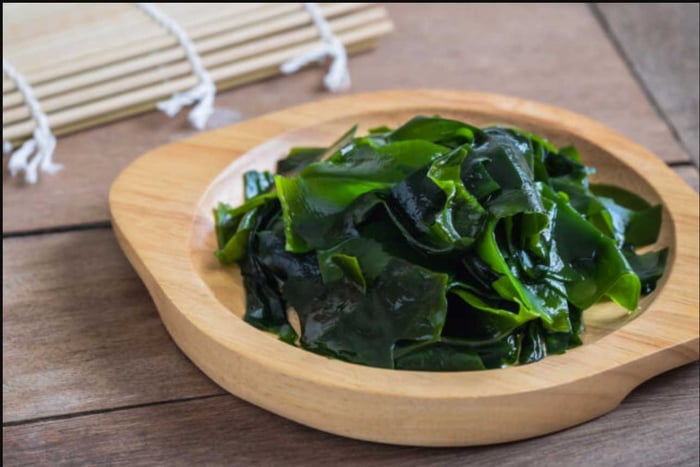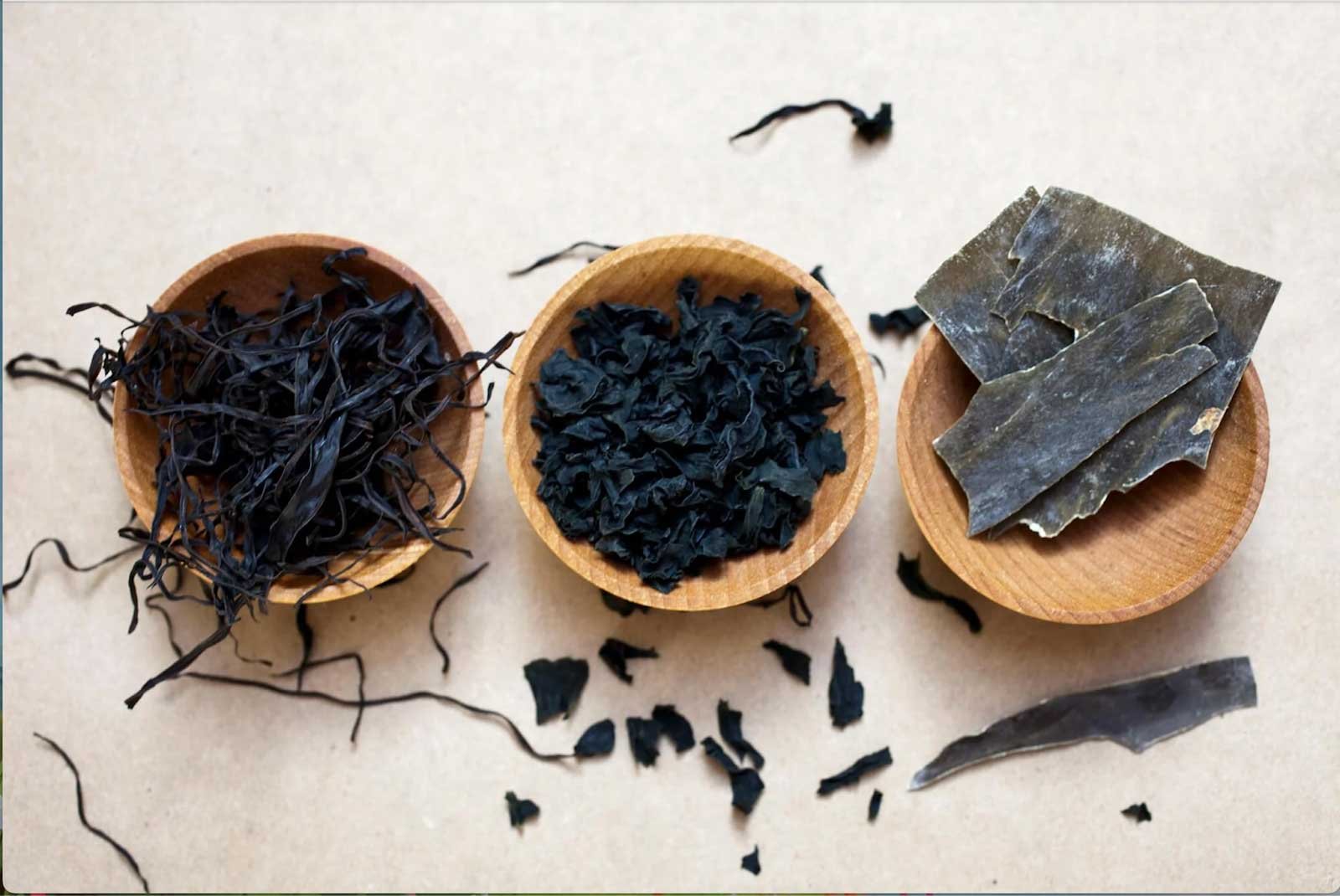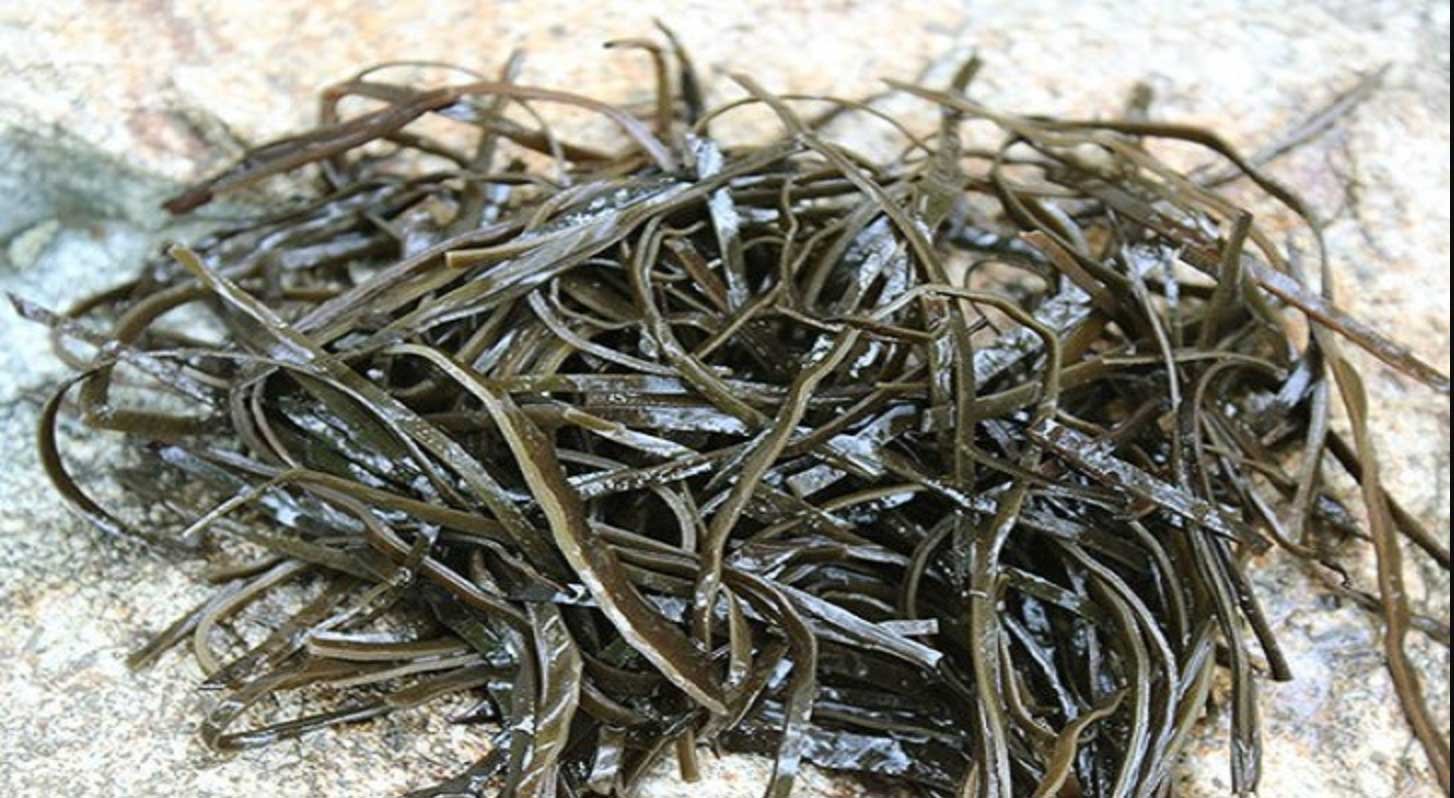Savoring the Sea: A Gastronomic Journey into the World of Marine Plants

Tin
5
min. read

Within the vast expanse of our oceans, lies an array of edible marine plants that boast unique flavors and remarkable nutritional benefits. Among these edible marine plants, seaweed takes center stage with its unique flavors, exceptional versatility, and profound significance in Japanese culture. From the thin sheets of Nori that envelop your favorite sushi rolls to the vibrant greens of Wakame and Kombu that add a savory twist to your dishes, these marine botanicals have been capturing the palates of cultures around the world for centuries.
Seaweed holds a special place in Japanese culture, where it is cherished not only for its taste but also for its historical and nutritional value. Its integration into various aspects of Japanese culture reflects the deep appreciation and respect for the ocean's gifts and the sustainable utilization of its resources.
Nori

Nori, the thin and delicate edible marine plant, primarily comes from red algae of the genus Porphyra. It grows in intertidal zones along rocky coastlines in temperate and subtropical regions worldwide. During low tide, when the Nori plants are exposed to the air, they are harvested by hand or with specially designed tools. The harvested Nori is then washed, chopped, and pressed into thin sheets before being dried. In terms of care, Nori is relatively low-maintenance in its natural habitat. However, those interested in cultivating it at home can mimic its natural growing conditions in a controlled environment. Growing Nori requires clean seawater, proper water temperature, and access to sunlight or artificial lighting for photosynthesis. Nori can be grown in small tanks or ponds, making it accessible for home gardeners interested in marine farming.
Its flavor can be described as savory, slightly salty, and with a subtle hint of the sea. The delicate sheets of Nori provide a satisfying crunch and a mild umami taste that complements a variety of dishes. Beyond its role as a sushi wrapper, Nori offers a wealth of nutritional benefits and a delightful taste that has captivated taste buds for centuries. These nutrients contribute to overall well-being, support healthy metabolism, and promote optimal brain function. Incorporating Nori into your diet can be an excellent way to boost your nutrient intake. When it comes to enjoying Nori, the possibilities are endless. Aside from its traditional use in sushi rolls, Nori can be used as a flavorful garnish for salads, soups, and stir-fries.
Wakame

Wakame originates from the brown algae family Undaria pinnatifida. It is cultivated in coastal waters of temperate regions. The cultivation of Wakame begins with seaweed farmers cultivating spores on ropes or nets in underwater farms. As the seaweed grows, it forms long, ribbon-like blades that float on the water's surface. Harvesting Wakame involves carefully cutting the mature blades from the floating seaweed. The farmers use specialized tools and techniques to collect the seaweed without damaging the plant or the underwater environment. The harvested Wakame is then washed and dried before being packaged for distribution.
Wakame packs a nutritional punch. Wakame is an excellent source of calcium, iron, iodine, and magnesium, all of which are essential for fighting off cancer, lowering blood pressure, regulating thyroid function, and promoting overall well-being. When it comes to taste, Wakame offers a delicate and slightly salty flavor that is often described as mild and refreshing. It enhances the overall taste profile of dishes, adding a subtle oceanic note without overpowering other ingredients.
Wakame is a staple ingredient used in a variety of dishes. It is commonly enjoyed in miso soup, where it adds a pleasant umami flavor and a delightful texture. Wakame is also used in salads, stir-fries, and sushi rolls, providing a refreshing and slightly briny taste. Its tender and slightly slippery texture adds a unique element to dishes, making them more enjoyable and satisfying.
Kombu

Kombu, a versatile and nutrient-rich marine plant, belongs to the brown algae family and is scientifically known as Saccharina japonica. It thrives in the cold waters of the Pacific Ocean. Kombu is cultivated through a process known as seaweed aquaculture. Seaweed farmers carefully plant spores or young Kombu plants on ropes or nets, allowing them to grow and develop in underwater farms. As the Kombu grows, it forms large, thick, dark brown blades with a distinctive crinkled appearance.
Kombu harvesting typically happens in the summer months, from July to September. Skilled harvesters use long wooden poles with hooks to gently detach the kombu from the seabed at the root. After harvesting, the kombu is brought to land and laid out on rocks to dry, which takes about four to five hours on a sunny day. Once dry, the kombu is shaped and can be dispatched for use. Some kombu undergoes an additional maturation process called kuragakoi, where it is stored in cellars to improve its flavor and remove the seaweed odor.
Kombu is known for its thick and smooth texture, with a distinct natural sweetness. It contains natural glutamates, which contribute to its umami taste, making it a valuable ingredient in vegetarian and vegan cooking as a flavor enhancer. In Japanese cuisine, kombu is often used to make dashi, a flavorful broth that serves as the foundation for many dishes. Dashi, made by steeping kombu in water and often combined with other ingredients such as bonito flakes, provides a savory and umami-rich base for soups, sauces, and stews.
Arame

Arame, a beloved edible marine plant, originates from the coastal waters of Japan, where it has been cultivated and cherished for centuries. This brown algae, scientifically known as Eisenia bicyclis, grows naturally on rocky shores and can also be cultivated in seaweed farms.
Cultivating arame involves a delicate process that starts with the collection of mature sporophytes, which are then attached to ropes or nets in underwater farms. These farms are carefully managed to provide the optimal conditions for arame to grow. The seaweed is left to develop in these underwater gardens, and within a few months, it reaches maturity and is ready for harvest.
Harvesting arame typically occurs during late summer and early autumn. Skilled harvesters carefully wade into the shallow waters, manually gathering the mature seaweed by hand. After the harvest, arame is thoroughly washed to remove any impurities and excess salt. Then, it is sun-dried to preserve its natural flavors and nutrients.
It has a subtly salty and nutty flavor, making it a versatile ingredient in various cuisines. The seaweed's dark brown to black strands become soft and tender when rehydrated, making it easy to incorporate into a wide range of recipes. In terms of nutritional value, arame is very much like its other seaweed cousins in that it is a powerhouse of essential minerals and vitamins. It is particularly rich in iodine, which is crucial for overall metabolism regulation.
Our exploration of edible marine plants provides a mere glimpse into the ocean's vast offerings. From the diverse flavors and nutritional benefits of seaweeds, to the potential they hold for our sustenance and well-being, the ocean is a source of abundance. However, this abundance comes with the responsibility to protect and care for these invaluable resources.
Preserving the health and balance of our oceans is essential not only for safeguarding the delicate ecosystems that support marine plants but also for ensuring the survival of countless species that call the ocean their home. By embracing sustainable mariculture practices and supporting marine conservation efforts, we can contribute to the preservation of our oceans' richness. Let us cherish the ocean's gifts, celebrate its wonders, and work collectively to protect and sustain its beauty and vitality for generations to come.
At IMARCS, we are deeply committed to pioneering innovative solutions that not only remove CO2 from the atmosphere but also restore marine ecosystems and strengthen the intricate web of life that encompasses edible marine plants. By envisioning a future where mariculture improves food security and fosters thriving marine habitats, we aim to create a sustainable ecosystem where these edible marine plants flourish and contribute to the overall health and vitality of our oceans.
Sources:
Gomez, E. D., & Mingoa-Licuanan, S. S. (2006, August). Achievements and lessons learned in restocking giant clams in the Philippines. Fisheries Research, 80(1), 46–52.
Neo, M. L., Eckman, W., Vicentuan, K., Teo, S. L. M., & Todd, P. A. (2015, January). The ecological significance of giant clams in coral reef ecosystems. Biological Conservation, 181, 111–123.
Meet the giant clam fam. (2018, June 22). University of the Philippines. https://up.edu.ph/meet-the-giant-clam-fam/
Abad, R. (2021, June 19). Keeping giant clams to sustain PHL marine ecosystem | Roderick Abad. BusinessMirror. https://businessmirror.com.ph/2021/06/20/keeping-giant-clams-to-sustain-phl-marine-ecosystem/